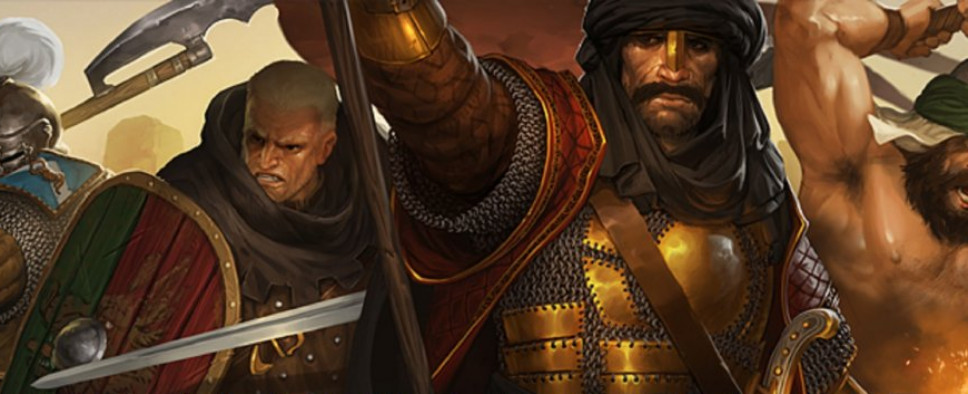Battle Brothers Developer Blog #125 - The Ifrit
-
Category: News ArchiveHits: 1395

This week’s developer blog for Overhype Studios’ strategy RPG Battle Brothers is dedicated to the Ifrit, a new enemy type we’ll be able to encounter in the game’s upcoming Blazing Deserts DLC. As you may have already guessed, the Ifrit is a creature loosely based on middle-eastern mythology, and if you’d like to learn more about Battle Brothers’ take on it, you should read on:
We’re back with another dev blog to take a closer look at what the upcoming ‘Blazing Deserts’ DLC for Battle Brothers brings to the table. As we’ve established last time, the world map will be expanded with new lands to the south. Even though the focus of the DLC will be on fighting human opponents, those new southern deserts wouldn’t feel quite complete without their own bestiary loosely based on middle-eastern mythology. The Ifrit is one such beast that you’ll soon be able to face, so let’s delve in!
The Ifrit
The south is a harsh land, and the southern city states do not tolerate dissent. Criminals, expended slaves and bothersome political rivals all may find themselves expelled to the blazing deserts without a drop of water. There, so folklore claims, the sun shall burn away their impurities and distill their spirits to their very essence. Forged by fire and tempered with heat, every once in a while, an Ifrit is born. A cursed creature, if folklore is to be believed, a spirit saved by basking beneath the gilded shine of the eternal sun, if the priests speak true, and a strange and alien creature in any case. Made not of flesh and blood, but of rock and stone, of shifting sands, it roams endlessly where the blistering heat of the sun has baked the land into endless barren wastes that stretch between the horizons.
In battle, the Ifrit comes in three sizes of living rock. The larger, the more dangerous. Unique among all creatures in Battle Brothers, several smaller Ifrits can assemble into one larger one, and several larger ones can assemble into one gargantuan. These shuffling behemoths are slow, but they can strike powerful blows in melee, and they can also rip out parts of themselves and fling them at enemies. Not only is getting a living rock thrown at you a dangerous ranged attack, but whether the attack hits or misses, the rock thrown is itself a small Ifrit that can attack in melee once it has crashed at its destination – which may well be at your backline. Worse yet, if there’s three or more smaller Ifrits being thrown around, they can then assemble again into a larger one elsewhere!
If your men manage to destroy an Ifrit, it will crumble into two smaller parts with one part lost, until it is down to the smallest size where destroying it will end its existence permanently. If there happens to be a third part around of a fitting size, however, the Ifrit can again assemble itself to a rocky monstrosity, so fighting it is as much about dealing damage as it is about smart positioning and denying access to tiles. While large Ifrits are too heavy to be pushed around, smaller ones can be both pulled and knocked back to your advantage.
The Ifrit is a powerful opponent best taken on by experienced companies towards the later parts of a campaign. There’s a new contract dealing with Ifrits, but there’s also incentive to challenge them on your own terms, and perhaps even earlier in a campaign. Ifrits drop rare and expensive ingredients which can be used to craft some of the powerful alchemical contraptions that are coming with the ‘Blazing Deserts’ DLC – including one shown in this wallpaper.

